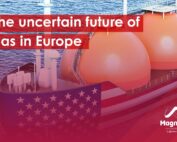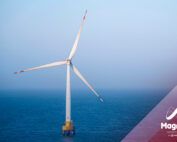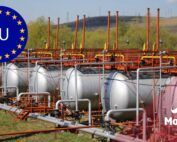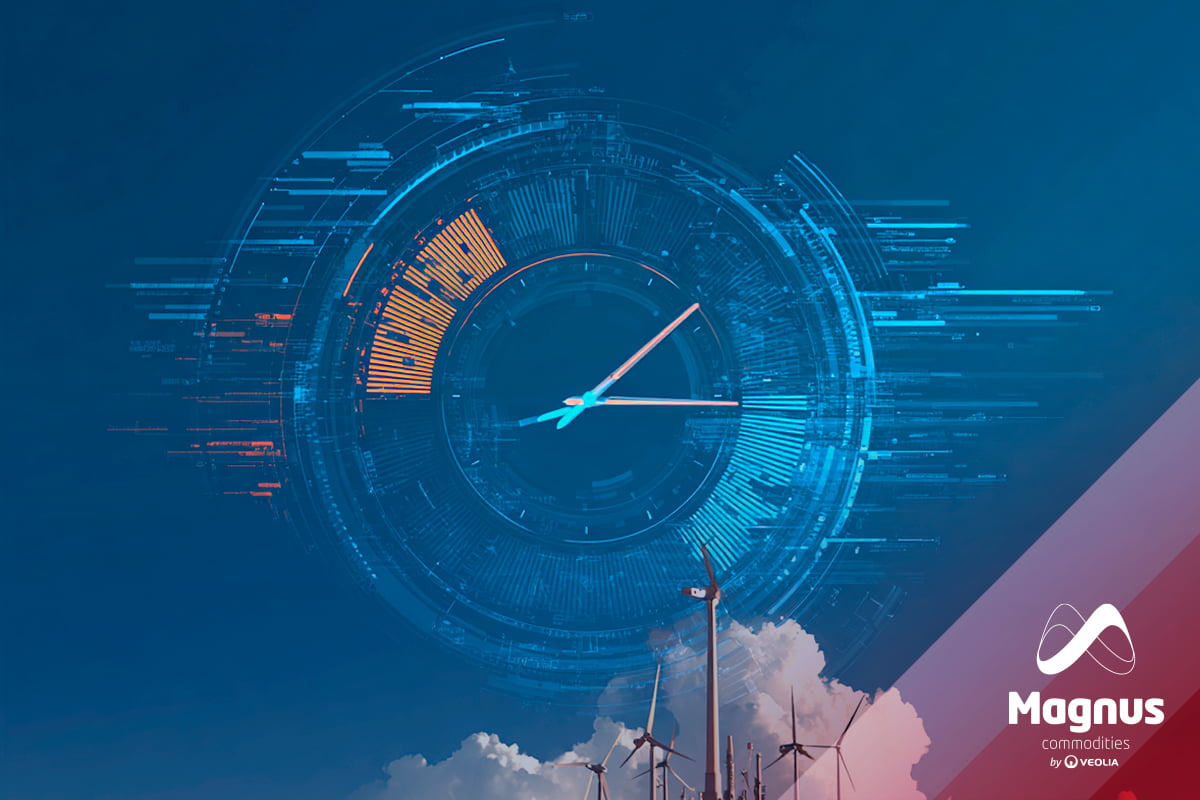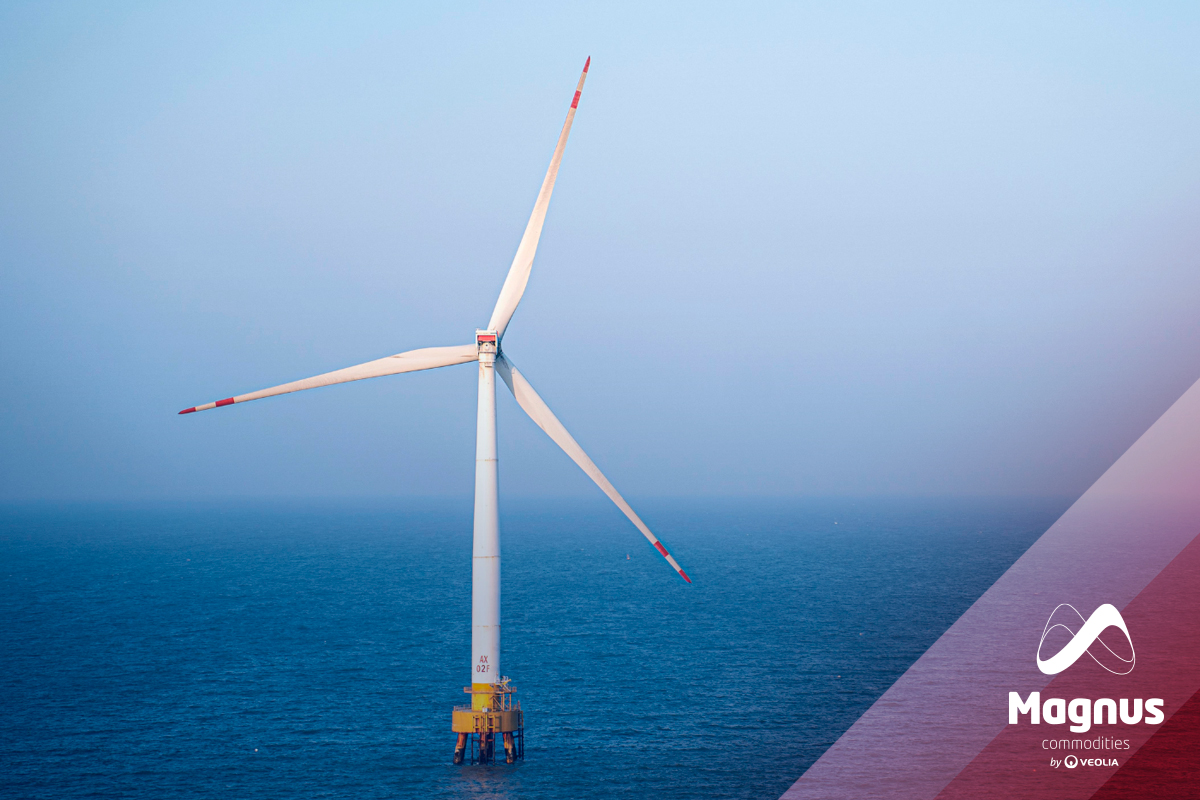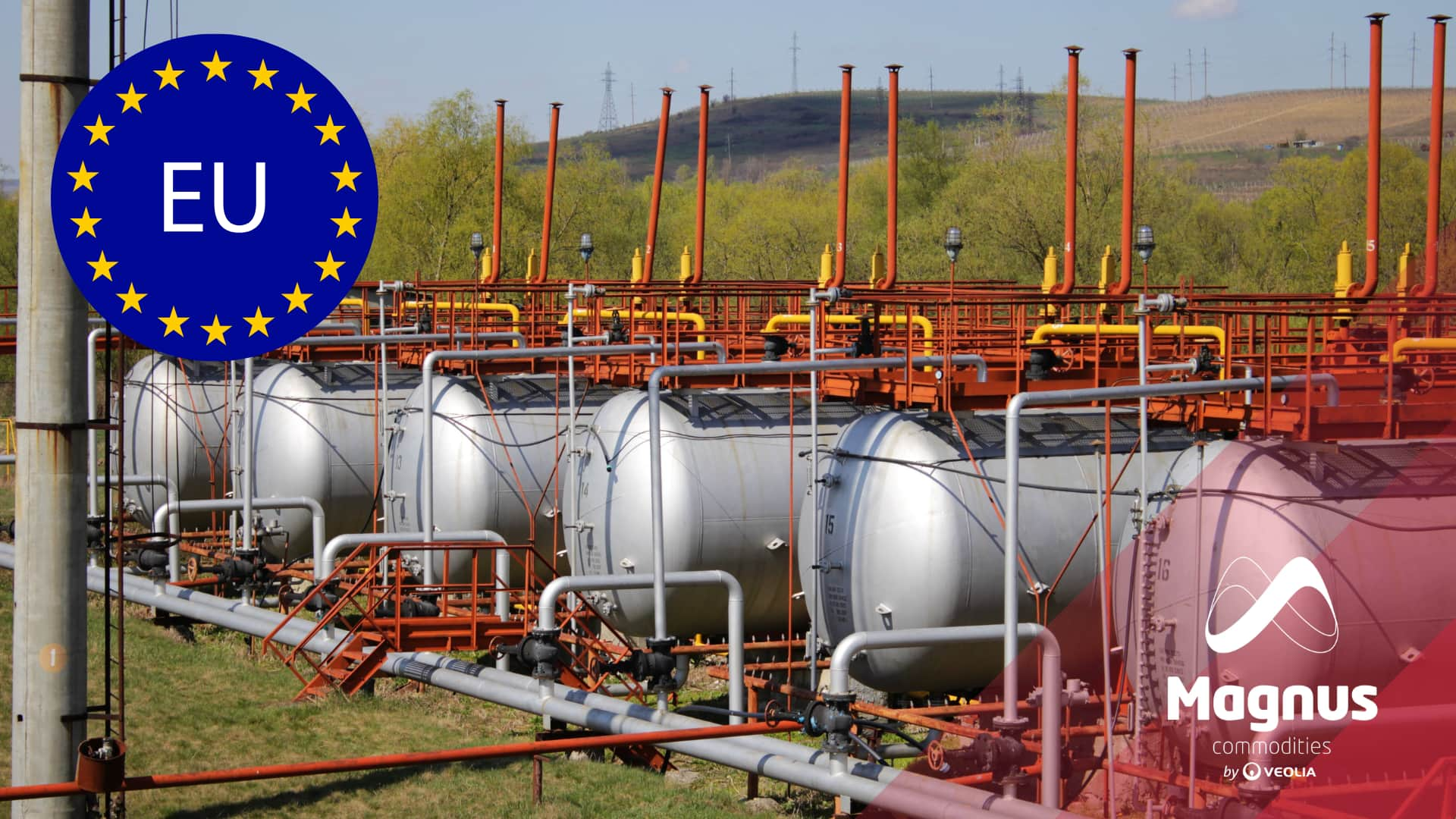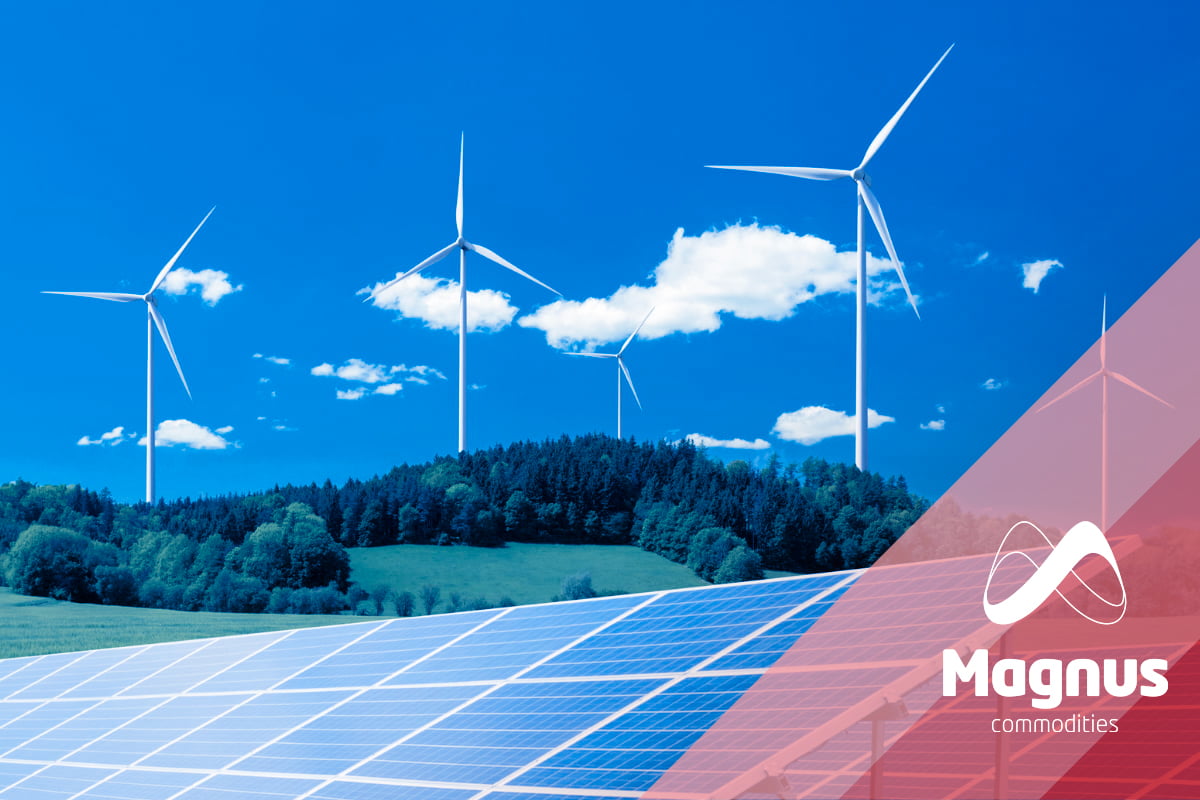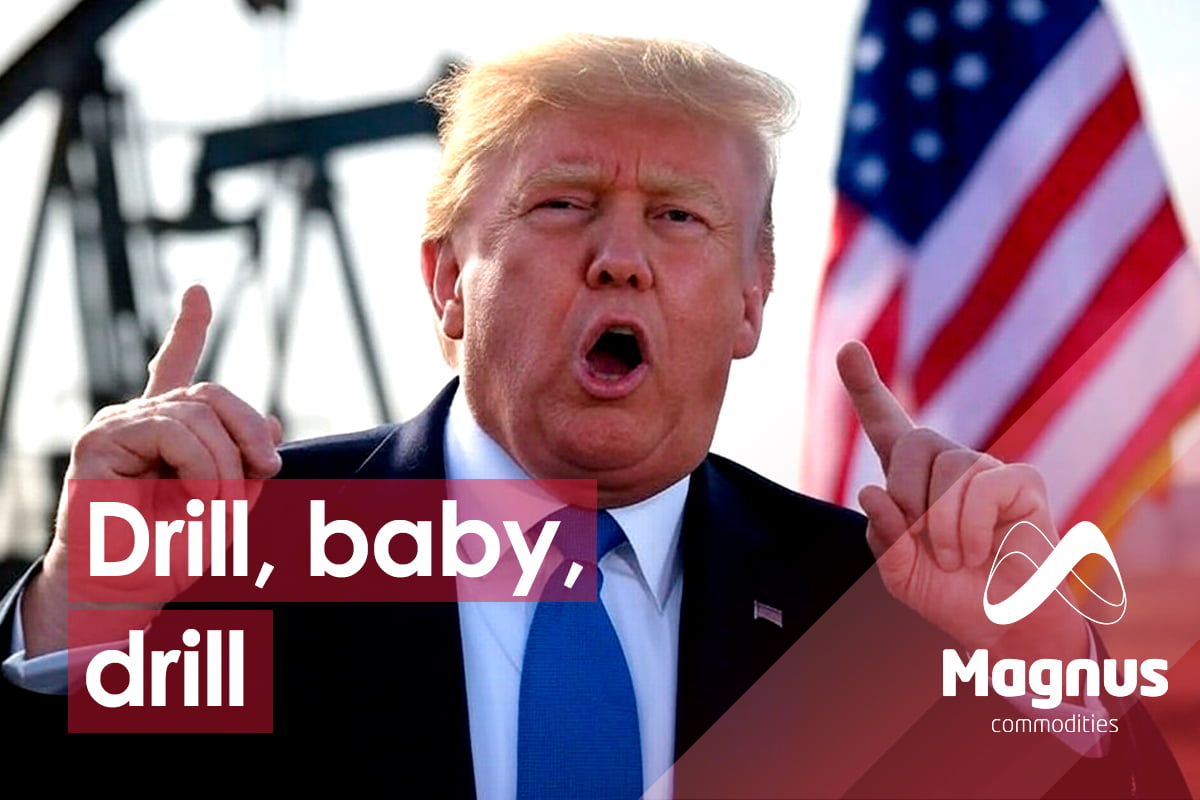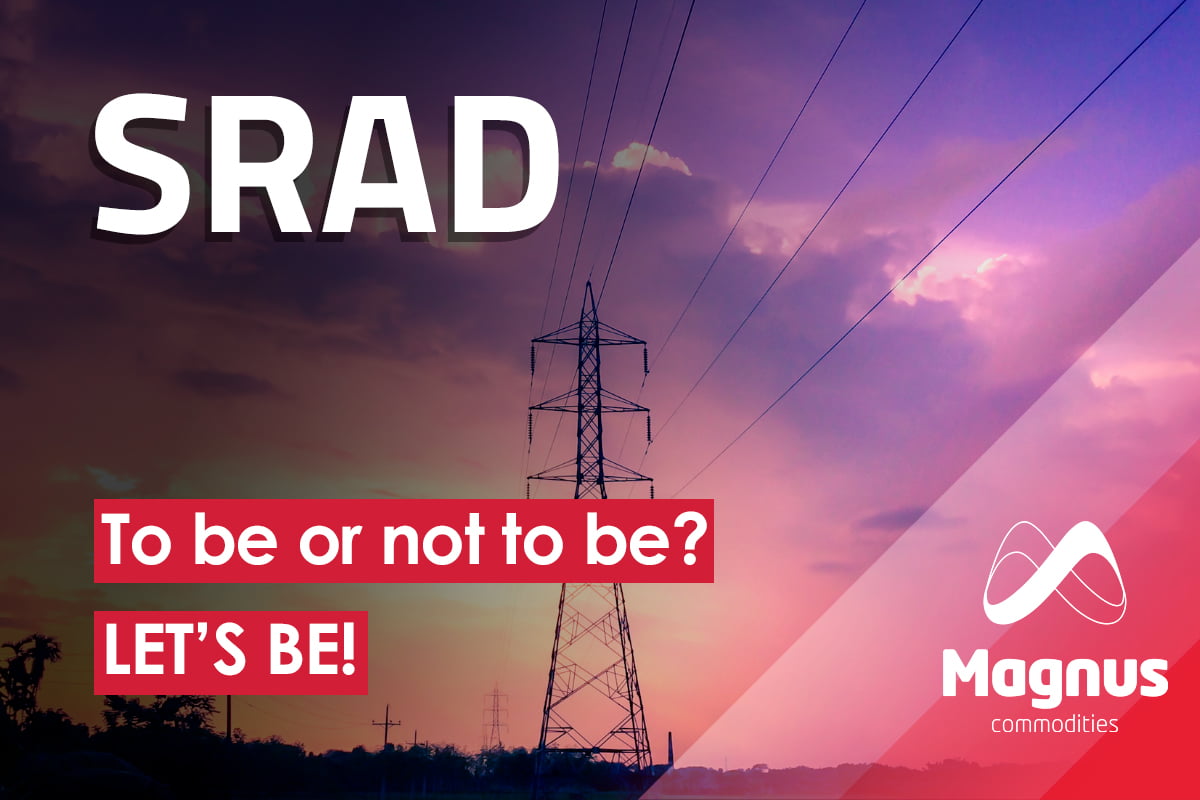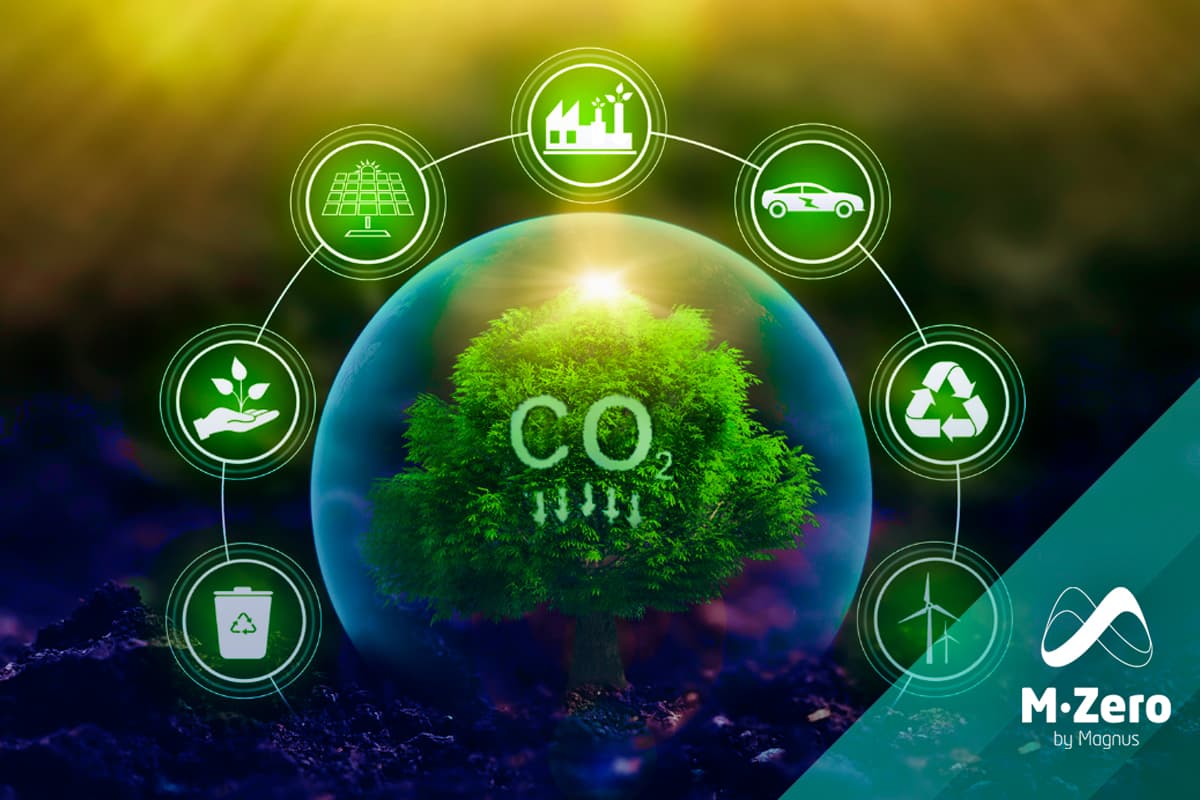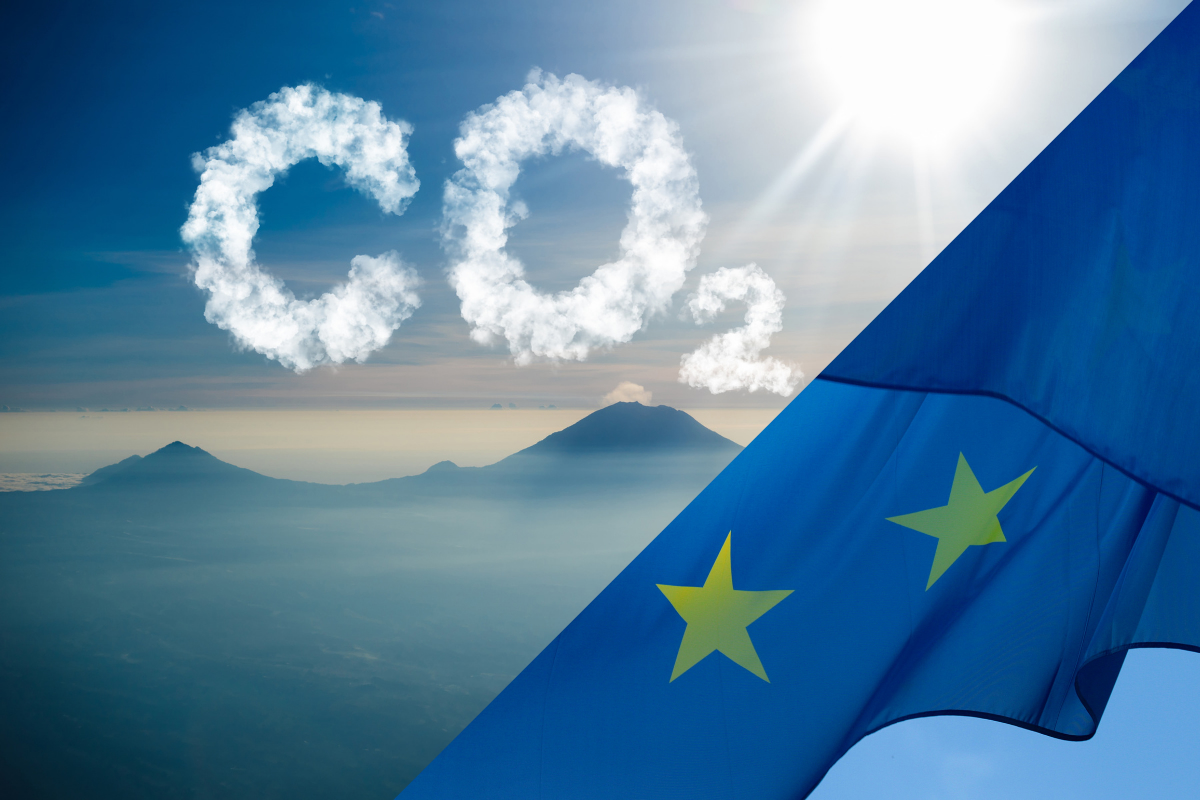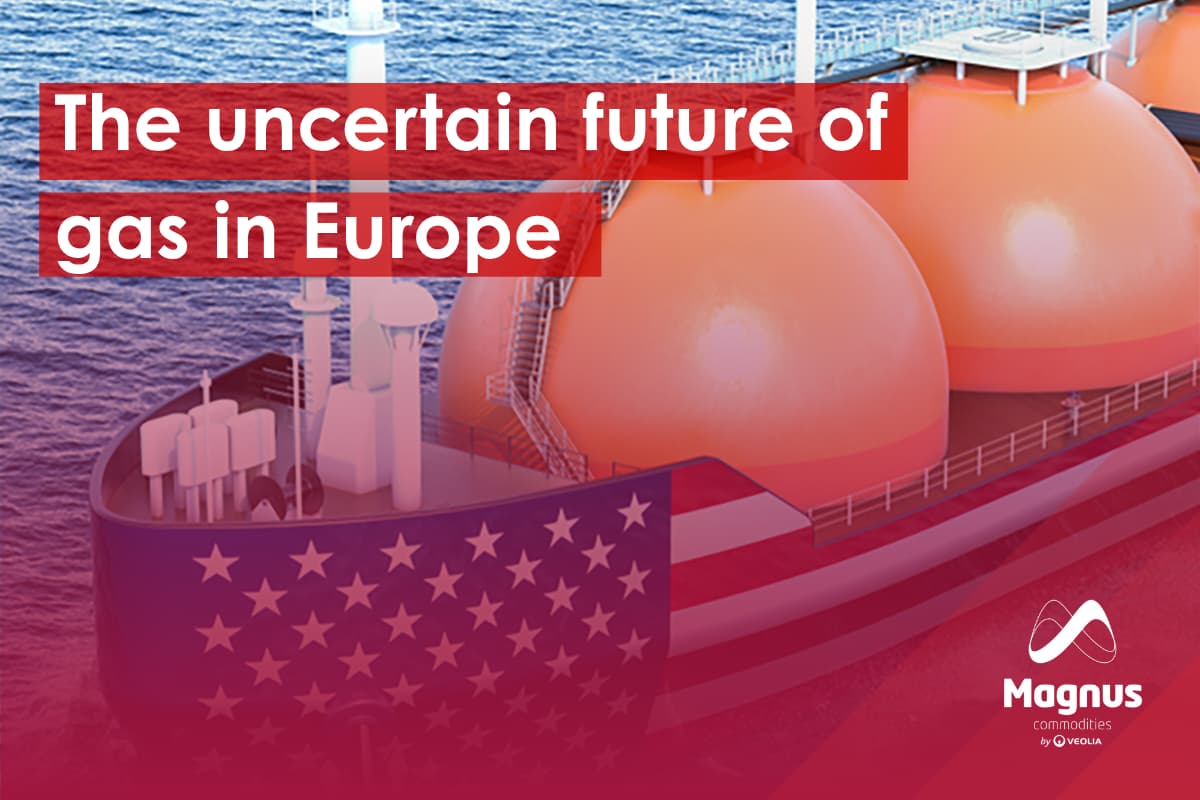
Brussels, along with most of its member states, breathes a self-imposed sigh of relief, convinced it has finally escaped Moscow’s energy control. Since the large-scale invasion of Ukraine in 2022, Russian pipeline gas has been relegated to the margins of the European Union’s energy mix. With an official plan on the table to gradually eliminate all remaining imports by 2027–2028, the official narrative is one of victory and resilience. However, a deeper analysis reveals a far more volatile reality. Europe has not achieved true independence; it has simply replaced one dependency with another, while its own climate regulations threaten to antagonize the new suppliers now vital to its energy security.
The Phase-Out Plan and the Complex Reality
The European Union has formalized its intention to sever energy ties with Russia. The EU Council has endorsed a roadmap with clear deadlines for ending Russian gas imports, aiming to deprive the Kremlin of crucial revenues. However, implementing this plan is not without challenges, and recent data suggest that the path to full independence is more winding than expected.

Despite these ambitious objectives, an Ember report from March 2025 revealed that Russian gas imports to the EU, rather than decreasing, increased by 18% in 2024, from 38 to 45 billion cubic meters (bcm). This increase, driven mainly by Italy, the Czech Republic, and France, casts doubt on the feasibility of the 2027 target.
From Moscow to Washington and Doha: A Shift in Dependency with New Risks
By closing the door to Russian gas, Europe has opened the gates wide to Liquefied Natural Gas (LNG), mainly from the United States and Qatar. In the first half of 2025, LNG imports reached a record 92 bcm, with the United States supplying more than 55% of that total. This new configuration, however, brings a complex set of vulnerabilities, ranging from price volatility to the risk of U.S. energy dominance and increasing regulatory tensions.
Europe risks repeating past mistakes, replacing overdependence on Russia with a new overdependence on a limited number of LNG suppliers. According to Reuters, if Europe replaces all Russian gas volumes with U.S. LNG, the U.S. market share could soar to 70–80% of EU LNG imports. While the political risk is lower than with Russia, such extreme dependence exposes Europe to:
-
Operational and Climate Risks: Severe supply disruptions due to extreme weather events such as hurricanes or heatwaves in the U.S. Gulf Coast, a major LNG supply region.
-
Political Risks: U.S. energy policy can change drastically with each administration. For example, the Trump administration actively promoted energy exports to allies, leaving Europe with little maneuvering room if the security and foreign policy objectives of both blocs diverge.
-
Stranded Asset Risk: The Institute for Energy Economics and Financial Analysis (IEEFA) warns that long-term LNG contracts are not a guarantee of security. With EU gas demand projected to decline (IEEFA forecasts a 19% drop in LNG imports by 2030), Europe could be locked into costly long-term contracts for gas it no longer needs, creating billions in stranded assets.
The Regulatory Paradox: Alienating New Partners
At the same time as its growing dependence on LNG, Brussels is implementing an ambitious package of climate regulations that, in practice, functions as an attempt to unilaterally export its ESG (environmental, social, and governance) standards to the supply chains of its new partners. This is generating significant friction.
“While in the midst of a natural gas shortage (…), implementing such emission regulations on imported fuels not only targets U.S. suppliers but is a potential self-inflicted wound on Europe… Europe seems disconnected from the real supply chain crisis it faces.” — Institute for Energy Research
Three regulatory instruments are particularly problematic:
-
Methane Regulation: Requires importers to prove their gas meets strict methane emission monitoring and verification standards “at the producer level.” This is nearly impossible for the U.S., where gas from multiple basins mixes in a vast pipeline network, making producer-level traceability infeasible. The uncertainty has already stalled contract negotiations.
-
Corporate Sustainability Due Diligence Directive (CSDDD): Obligates companies to audit their entire value chain for environmental and human rights impacts, with fines of up to 5% of global turnover. This has triggered a direct threat from Qatar, whose energy minister warned the directive could make supply to Europe “unsustainable.” The warning was backed by a joint letter to the EU signed by Qatar and the United States, labeling the rule as a “threat” to energy security.
-
Carbon Border Adjustment Mechanism (CBAM): While it currently does not cover oil and gas, the industry expects it to expand to include them by 2030, adding additional costs to imports and causing major concern among producers.
The Return of Russian Gas: A Plausible Scenario?
The underlying question in energy markets is whether Russian gas could—and under what conditions—return to Europe. While a return to pre-war levels is considered “highly unlikely” by agencies like Fitch Ratings, the possibility of a partial return as part of a peace agreement in Ukraine is actively discussed.
Scenario analysis by consulting firm Wood Mackenzie suggests the most probable outcome is a “forced peace,” allowing limited Russian gas to facilitate an agreement. In this scenario, Europe could accommodate additional flows to countries such as Hungary and Slovakia, while EU sanctions would likely limit exports from projects like Arctic LNG-2. This would help rebalance the market and lower prices but would not mean a return to the previous normal.
A “stable peace” scenario with a significant return of up to 50 bcm per year via pipeline is deemed unlikely. Such an event would collapse gas prices in Europe, making U.S. LNG the main “collateral damage” and causing massive underutilization of Europe’s new import infrastructure, in which billions have been invested.
Conditions for a Limited Return
Analysts at the Atlantic Council argue that if Russian gas is to return, it must do so through a single viable route: Ukraine. Nord Stream and Yamal (via Poland) are considered politically and technically unfeasible. Any resumption through Ukraine would require strict conditions to prevent Moscow from using energy as a weapon again. Proposed red lines include:
-
Volume Caps: Strict limits on import volumes for the entire EU and for each member state.
-
Collective Purchases: Centralized procurement through the EU’s AggregateEU platform, with a single delivery point at the Russia–Ukraine border to eliminate political price manipulation.
-
Infrastructure Control: Creation of an international consortium to manage Ukraine’s pipeline system.
-
Russian Concessions: Require significant concessions from Russia, such as returning control of the Zaporizhzhia nuclear plant and paying substantial transit fees for Ukraine’s reconstruction.
Conclusion: Energy Autonomy Still Far Off
Europe has shown it can survive without Russian gas, but at a cost. It has swapped one dependency for another and now faces the delicate task of balancing its climate ambitions with maintaining stable relations with its new suppliers. True energy independence remains a distant goal, and the possibility of a limited, conditional return of Russian gas continues to cast uncertainty over the market in the coming years.
The ultimate irony could be that after spending a fortune on LNG terminals to free itself from Moscow, Europe finds that the cargoes it so desperately needs are lining up at ports of less demanding Asian buyers. The lesson for Brussels is clear: energy security cannot be externalized—neither to Russia, the United States, nor Qatar—especially while imposing unilateral conditions. The real challenge is not just diversifying sources, but managing the complex geopolitical and regulatory interdependencies of the new global energy map.
Alejandro de Roca | Markets and Operations Director
If you found it interesting, please share it!
Recent Articles
